How to control the water temperature in hand-brewed coffee? Is the effect of 1 ℃ difference in water temperature really great?
Guide reading
Water temperature is one of the four elements of brewing, which can be said to have an important effect on the flavor of a cup of coffee. So how do we determine the temperature of the water we usually cook?
The temperature of water
Generally speaking, we recommend that the water temperature of brewing hand coffee is between 86 and 93 ℃, in which 90-93 ℃ is recommended for light roasted coffee, and 86-89 ℃ is recommended for medium and deep roasted coffee. So how did you get this range?
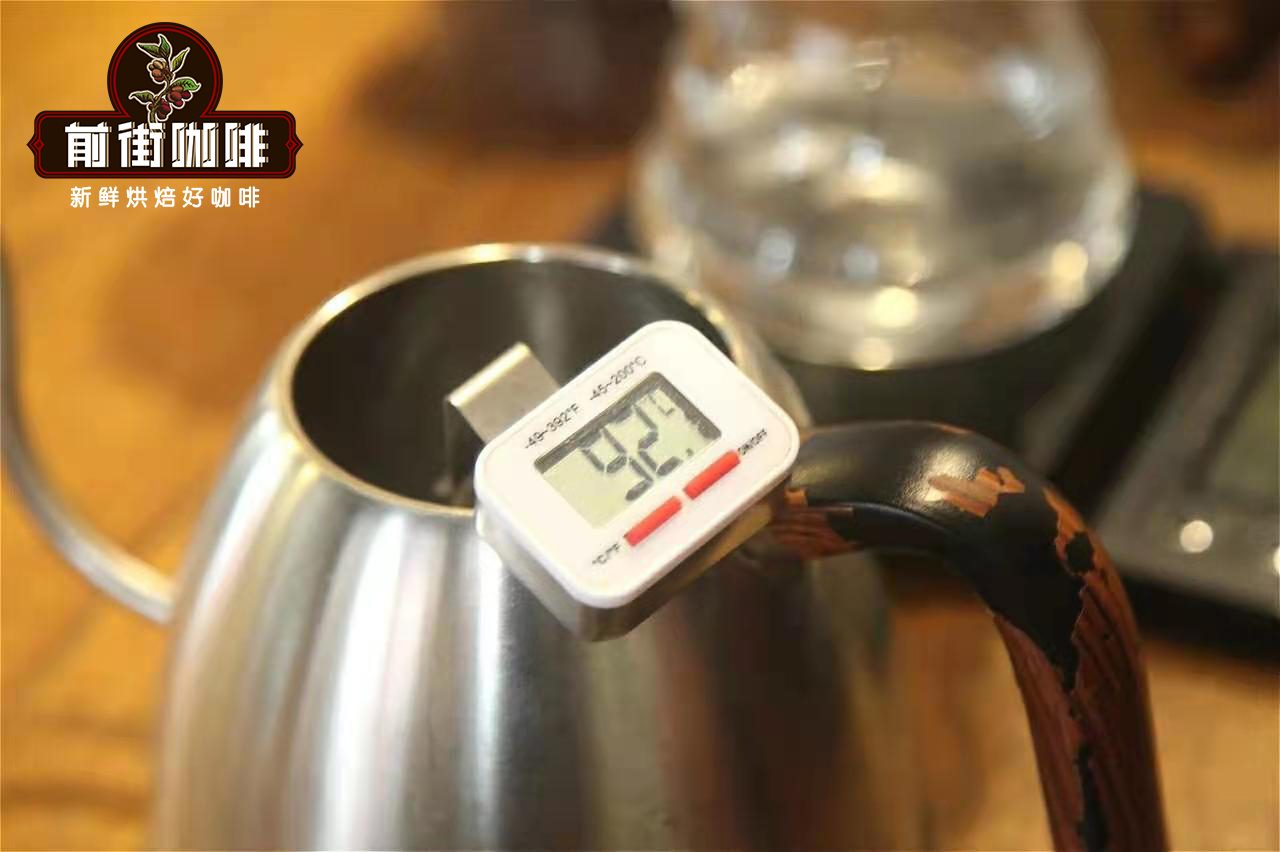
First of all, we have to start with the extraction efficiency of water, when the higher the water temperature, the higher the extraction efficiency of coffee, the easier it is to extract the substances from coffee beans, and the higher the concentration of coffee, of course, the easier it is to extract bad flavor substances, that is, excessive extraction; the lower the water temperature, the lower the coffee extraction efficiency, the more difficult it is to extract coffee beans, and the lower the concentration of coffee, but it may lead to insufficient extraction. So we know that normal temperature water and boiling water are not suitable for brewing coffee.
Second, coffee associations such as SCAA and SCAE, which are based on data science, and advances in technology, it is easy for us to look at things on the shoulders of these giants. The extraction efficiency of water temperature between 86-93 ℃ is very easy to reach the extraction rate of 18-22%. After many tests in Qianjie, it is found that the flavor of most medium-and light-roasted coffee can be stably brewed when the water temperature is controlled at 90-91 ℃.
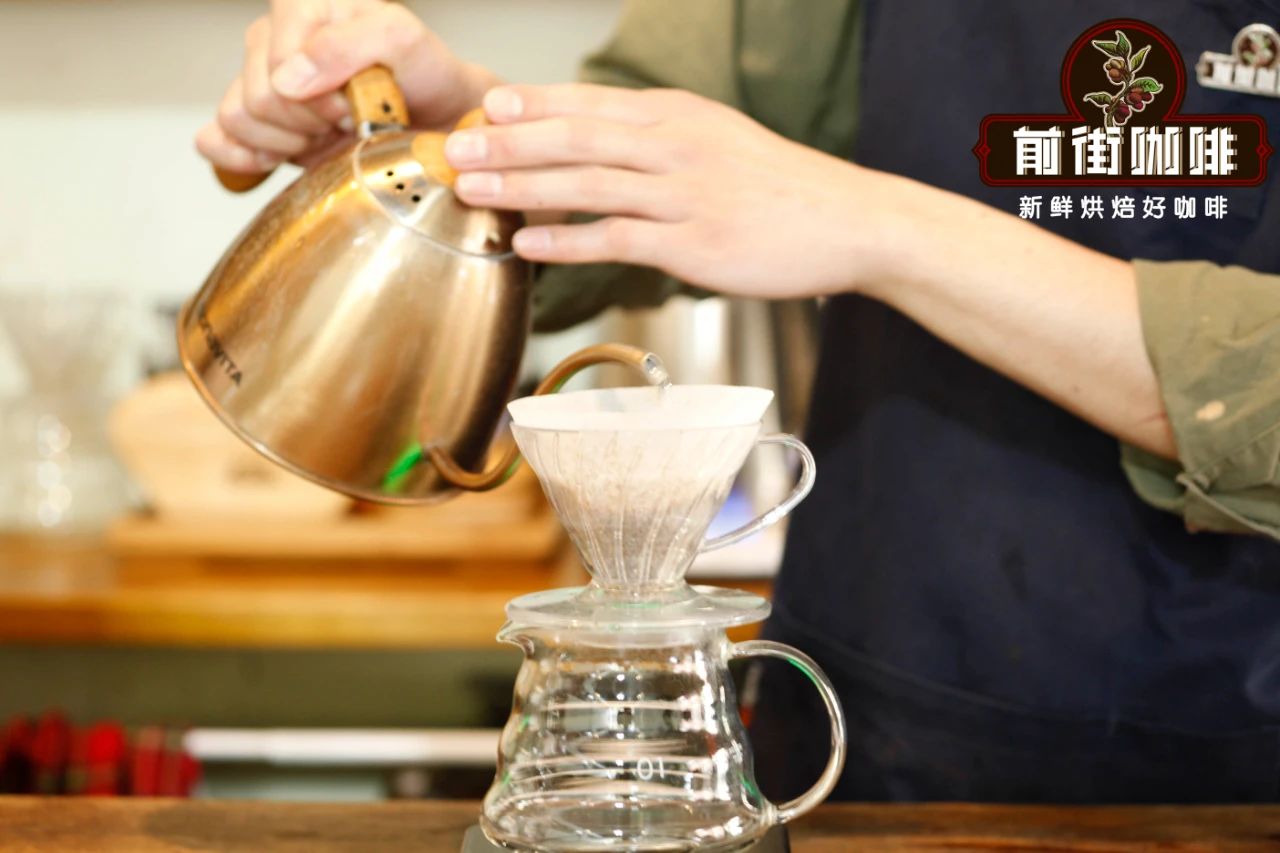
Is the effect of 1 ℃ difference in water temperature great?
The difference of water temperature by 1 ℃ will definitely have an impact, but is it really significant? Therefore, a comparative experiment was carried out in Qianjie, using 89 ℃, 90 ℃ and 91 ℃ respectively to brew Yega Xuefei coffee (recommended water temperature 90 ℃). Except for the water temperature, the other parameters were as consistent as possible. The results are different, but not very obvious, without horizontal comparison, it is difficult to distinguish, and the measured coffee concentration is 1.26%, 1.27%, 1.30% respectively.
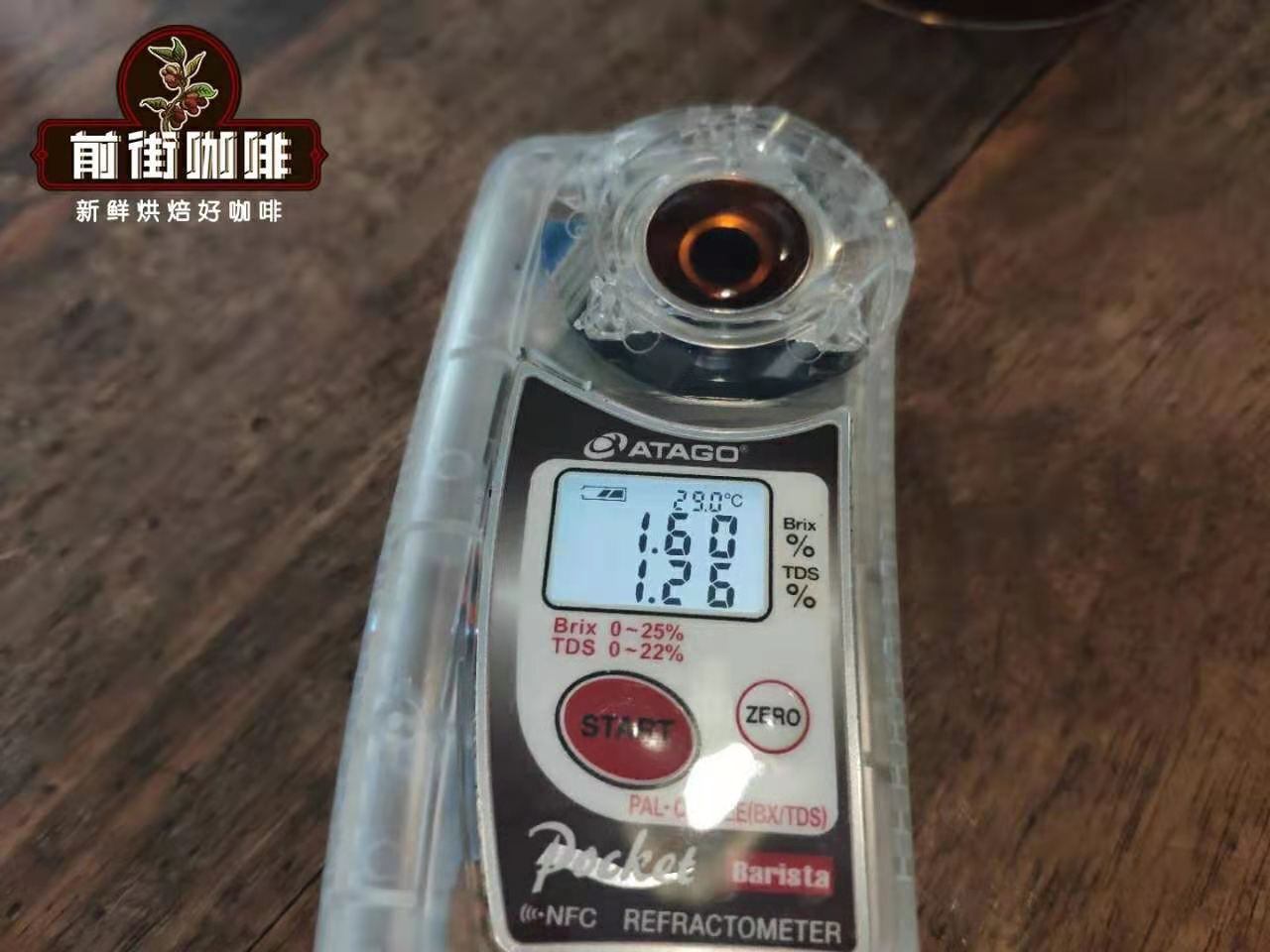
Of course, the difference in water temperature in the kettle by 1 ℃ does not have much effect on the opponent's coffee making, but this is not the triumph of "almost" doctrine (as the so-called "butterfly effect", a slight difference may lead to a different outcome). Because there are many factors that affect the water temperature, the water temperature that effectively participates in the extraction of coffee powder is the water temperature in the filter cup, not the water temperature in the pot, and this gives rise to a problem: if the water temperature is to be determined, it should be the water temperature when it comes into contact with coffee powder in the filter cup, but it is difficult to determine the water temperature in the filter cup, so we can only take the water temperature in the source pot as a reference.
What else affects the water temperature?
If you only take the kettle temperature as the basis for the water temperature, there are indeed too many uncertainties.
1. The heat preservation of the pot. You know, brewing coffee is an extraction process, and pots of different materials have different heat preservation properties. For example, copper pots are warmer than stainless steel pots. When the equivalent is 90 ℃, the water temperature is 86.4 ℃ after 1 minute and 30 seconds. The water temperature of stainless steel is 83.6 ℃ after 1 minute and 30 seconds. The amount of water in the kettle will also affect the rate of cooling.
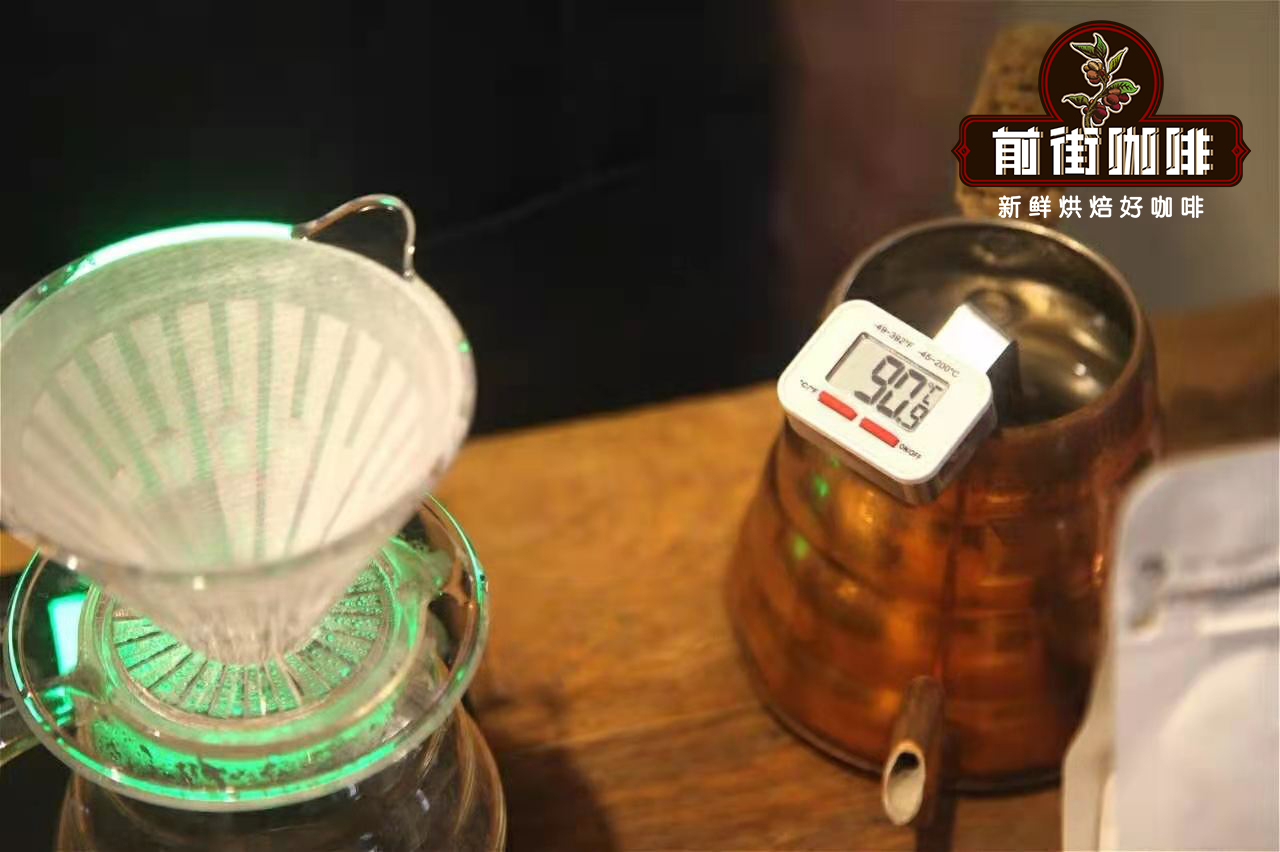
2. The height of the current. An experiment has been done in Qianjie to find out why the concentration of water injection in high water column is lower than that in low water column. The main reason is that the larger the surface area of water column exposed to air in the filter cup, the faster its cooling rate.
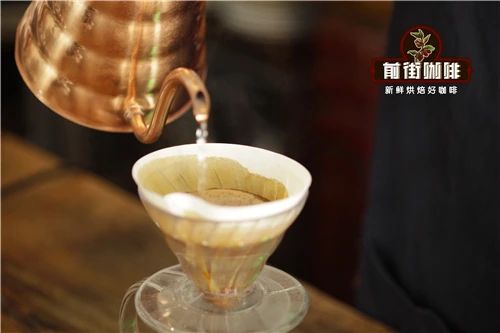
3. The heat preservation of the filter cup. The actual coffee extraction temperature must be lower than the pot temperature, for example, the ceramic filter cup has a maximum extraction temperature of 87.7 ℃ (pot initial temperature 91 ℃). If the ceramic is not pre-heated, the extraction temperature will be even lower (the highest temperature is 86.9 ℃).
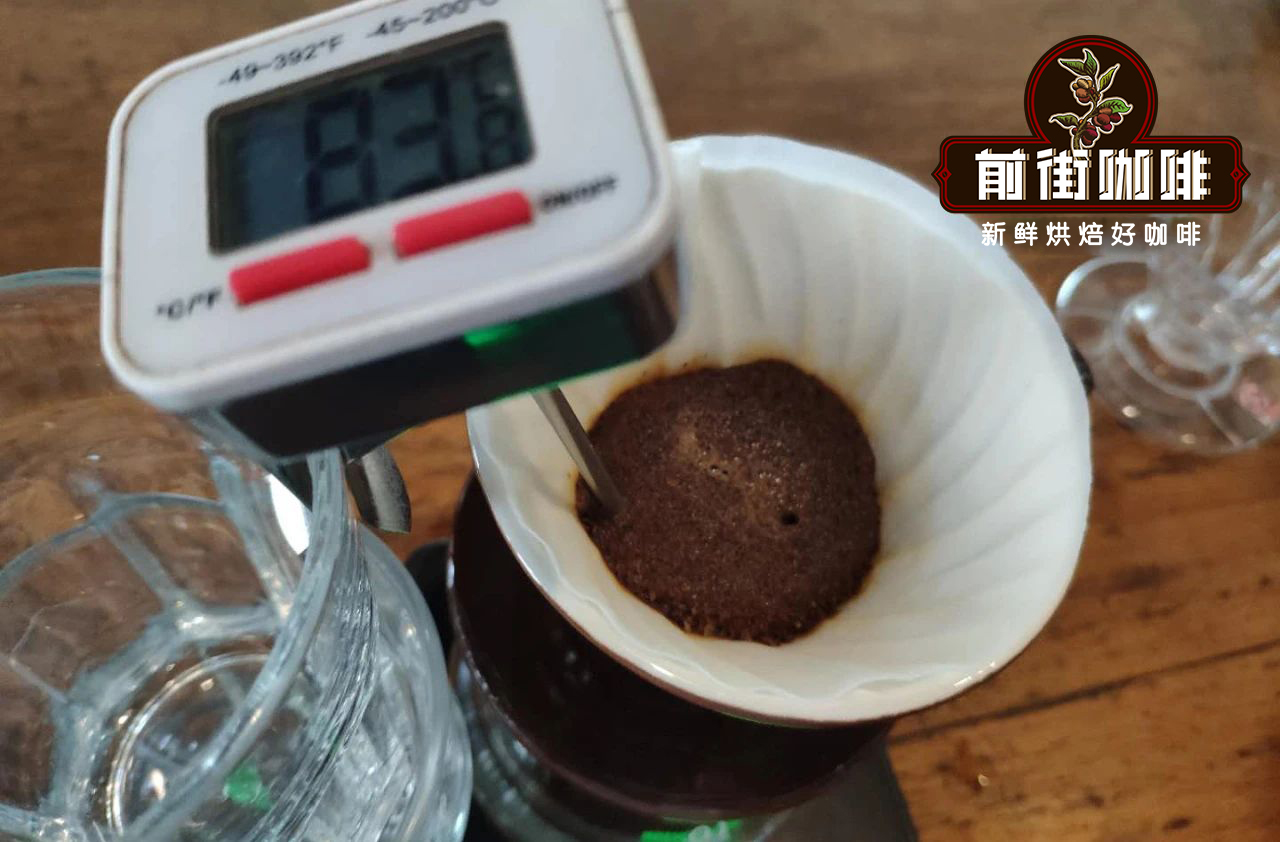
Water temperature is a very important parameter, but the water temperature we are talking about not only refers to the initial temperature of the kettle, but also the temperature change after coming out of the spout is also worthy of our deep study, and the real water temperature is actually the temperature in the extracted coffee.
Important Notice :
前街咖啡 FrontStreet Coffee has moved to new addredd:
FrontStreet Coffee Address: 315,Donghua East Road,GuangZhou
Tel:020 38364473
- Prev
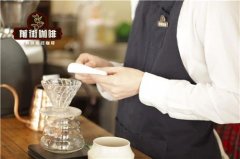
What is the proportion of hand-brewed coffee powder? Why is the hand-made coffee powder ratio at 1:15?
For Mengxin, I'm afraid everyone has a question about how much water a cup of coffee will make. Why is there a powder-to-water ratio at 1:15 in the front street? First of all, we understand the two concepts of hand-brewed coffee. Powder-to-water ratio: the ratio of coffee powder to water, which is directly expressed as how much water is used to make coffee, such as 1:1
- Next
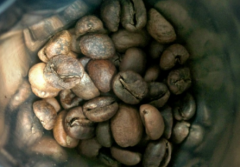
Coffee treatment | what is Simon's special treatment? Essegugu Adora coffee bean watermelon flavor
In the current wave of post-treatment, there are more and more coffee beans with special treatment, and the classification between treatments is becoming more and more detailed. And Simon's special treatment introduced today is also a very interesting treatment. Let's first take a look at the appearance of coffee beans. When you see such coffee beans, you may think that they are defective beans, uneven in color and ugly in appearance.
Related
- Beginners will see the "Coffee pull flower" guide!
- What is the difference between ice blog purified milk and ordinary milk coffee?
- Why is the Philippines the largest producer of crops in Liberia?
- For coffee extraction, should the fine powder be retained?
- How does extracted espresso fill pressed powder? How much strength does it take to press the powder?
- How to make jasmine cold extract coffee? Is the jasmine + latte good?
- Will this little toy really make the coffee taste better? How does Lily Drip affect coffee extraction?
- Will the action of slapping the filter cup also affect coffee extraction?
- What's the difference between powder-to-water ratio and powder-to-liquid ratio?
- What is the Ethiopian local species? What does it have to do with Heirloom native species?

